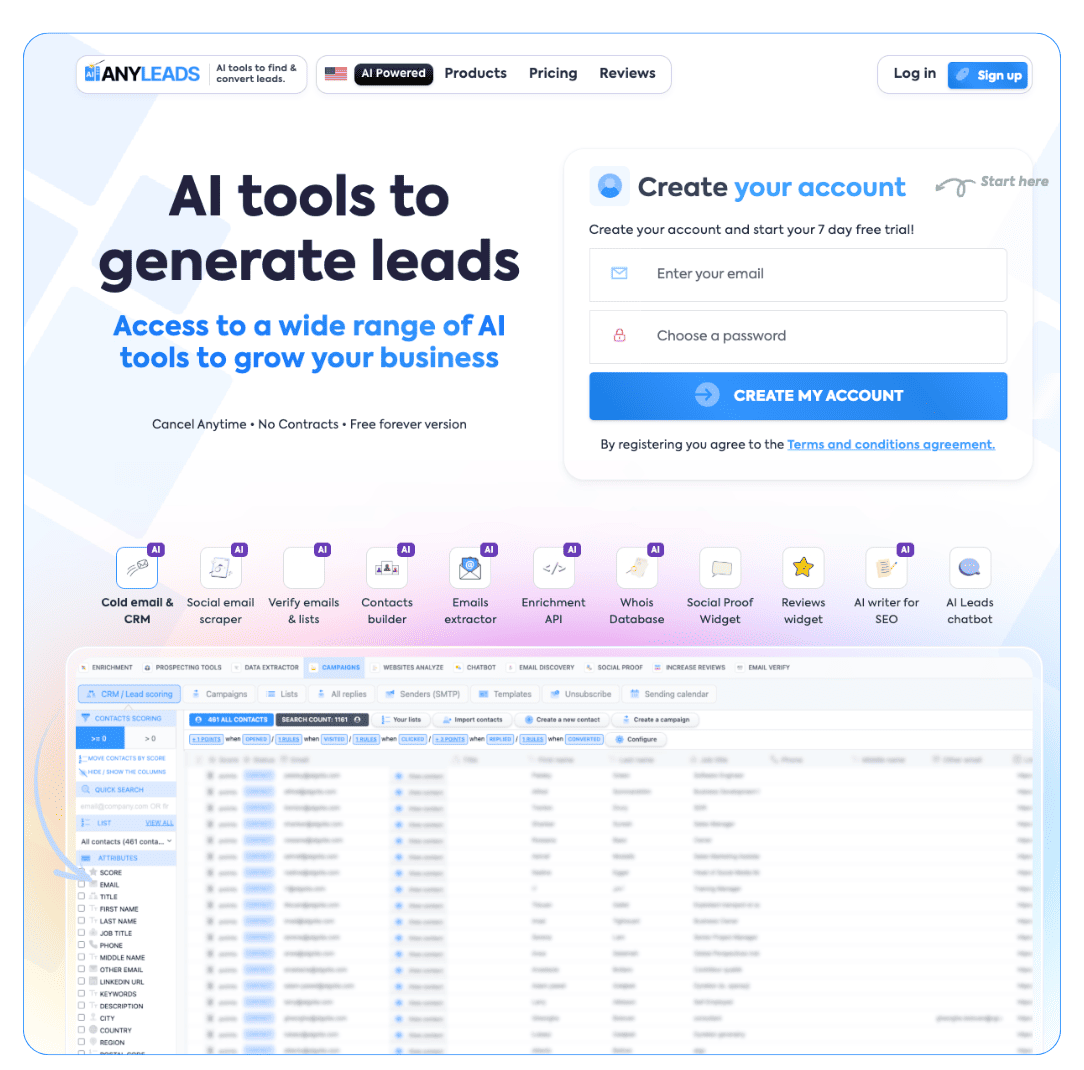 LIMITED SPOTS
All plans are 30% OFF for the first month! with the code WELCOME303
LIMITED SPOTS
All plans are 30% OFF for the first month! with the code WELCOME303

 LIMITED SPOTS
All plans are 30% OFF for the first month! with the code WELCOME303
LIMITED SPOTS
All plans are 30% OFF for the first month! with the code WELCOME303


Now we are going to talk about understanding those pesky email deliverability metrics and why they matter more than a cat video on a Friday afternoon. Think about it—you're sweating bullets crafting the perfect email, only to discover it’s hanging out in the spam folder instead of the inbox. Awkward, right?
Email flow signals are like the mood rings of inboxes. They provide us with insights on how mailbox providers evaluate our emails and determine if they land in the coveted inbox or the dreaded spam zone.
These metrics don’t give you the full scoop on each email's fate, but they do highlight the factors influencing your inbox placement—both good and bad. It's like being able to see how your pizza is made, without knowing exactly where that mysterious topping came from.
Why should we keep an eye on these helpful signals? Because:
Early detection of issues can help us fix them rapidly, safeguarding our sender reputation before it starts to tarnish like last week’s leftovers in the fridge.
Let’s clear something up:
There's a big difference between Email Delivery and Email Deliverability, akin to mix-ups between a hot dog and a chili dog. They may look similar, but they’ve got their own unique flavors.
Just because the email made it through the door doesn’t mean it’s having a party in the living room. Sometimes, it’s sitting alone in a dark corner, collecting dust.
So, what can we do to improve our email deliverability? Considering the *dynamics* of today’s digital communication, it’s essential we stay on our toes. We should regularly monitor bounce rates, unsubscribes, and engagement rates.
It’s a lot like keeping an eye on your favorite plant; if it starts turning brown, it’s time to reevaluate your care strategy!
Additionally, look out for the dreaded feedback loops, which can feel like an unexpected plot twist in a show you were really enjoying.
In essence, understanding these flow signals is crucial. With the rise of advanced spam filters and AI, keeping our email reputation shiny is no longer just a good idea; it’s downright necessary!
Let’s face it—no one wants to be that person whose emails are treated like junk mail. Checking metrics is our first step in making sure our messages land where they belong—inboxes, not the dark depths of digital oblivion.
Now we are going to talk about the essential email metrics that can help us keep our emails out of the dreaded spam folder and ensure they hit the intended inboxes.


Alright, let’s kick things off with the Spy of the Email World: the Spam Rate. This little statistic shows how many of our illustrious emails go straight into spam oblivion.
An uptick here is like a flashing neon sign to email providers: “Red flag! Red flag!” It suggests that your content is more suspect than a guy in sunglasses at night.
To keep your spam rate below 0.1%, ideally 0.03%, is like our holy grail for maintaining a sterling sender reputation.
If it seems to be creeping up like a cat on a hot tin roof, here’s how to reel it back:
While it sounds similar, the Spam Complaint Rate has its own flair. It counts how many folks take the time to declare your email the equivalent of yesterday’s leftovers.
A few complaints don’t just hurt; they are a loud alarm that screams, “Change your game plan!”
If folks are flagging your emails with complaints, it might be time for some serious soul-searching. Here’s how to pivot:
The Bounce Rate measures the percentage of emails that your trusty carrier pigeons could not deliver. Think of it as your emails taking an unexpected detour.
Two flavors of bounces exist:
High bounce rates can be a signal to email providers that your addresses could use a bit of a spring cleaning—time to declutter!
Keep it under 0.3% to safely sail through the digital seas. Otherwise, watch your deliverability sink lower than it should be!
To minimize the bounces, consider taking these steps:
Your IP and domain reputation determine how email providers view you. Picture it as your “trustworthiness” score in the email universe.
With a sparkling reputation, your emails smoothly sail into inboxes. But with a tarnished reputation? Not so much—think of it as being banned from a club.
If you want to polish that reputation, try:
Authentication status proves you’re not a shady character out for email mischief.
Essentially, this includes:
Lacking it? Expect your emails to get flagged as questionable, making their way to the spam dungeon.
Setting up authentication can be easier than trying to cook that complicated dish you found online:
Check out video guides on SPF, DKIM, and DMARC!
Known as the golden nugget, the delivery rate tells us how many of our efforts actually reached recipients’ inboxes.
It’s all about how many emails have successfully hit the mailboxes they were destined for.
A low rate indicates that your emails might be bailing before they even show up at the party.
Here’s how to supercharge that delivery rate:
We’ve covered the must-knows that can curb our emails from hitting spam. But let's not forget those engagement metrics that can hint at our emails hitting the mark.
Engagement metrics like:
These metrics are key indicators for evaluating our email delivery success.
The unsubscribe rate reveals how many recipients decided they just weren’t into your email vibes anymore. It’s like saying, “It’s not you, it’s me.” Well, mostly!
A rising unsubscribe rate can act as a warning—something in your emails isn’t hitting the mark anymore. Ignoring it could lead to less engagement and a bad reputation.
If people are opting out faster than they joined, consider these tactics:
Having walked through these essential metrics, let's transition to some handy tools that can help us manage these metrics effectively in our email campaigns:
Saleshandy serves as your trusty sidekick in the cold email strategy, helping track everything from authentication to engagement.
You can keep tabs on:
With all these features, it can feel like hitting two birds with one stone for mediating deliverability and boosting inbox success!
Google’s Postmaster Tools offers a free-pass into email health checkups! It even visualizes your metrics in spiffy graphs.
The recent revamp makes it user-friendly, giving you insight on:
Finally, we have Outlook’s own SNDS, which provides a nearby rival to Google’s offering for tracking your email’s performance.
This tool allows you to view:
Pro Tip: Stay in the loop on tools that help track engagement metrics—they can provide tons of insights!
Now we are going to talk about boosting email deliverability and why it’s crucial to your marketing game.

We all know that sending emails is one thing, but getting them into the right inbox? That’s the real trick!
Here are three savvy ways to help improve your email deliverability rate:
Ever sent a heartfelt letter only for it to end up in the spam folder? It’s like pouring your soul into a beautiful card, only to have it tossed aside!
That common issue can often stem from a shared IP address. If you share it with less scrupulous senders, your reputation can take a nosedive. The solution? Go for a dedicated IP. Control is the name of the game here!
Sending more than 5,000 emails? Then authentication isn’t just a best practice, it’s a must for email goliaths! Think of it like showing your ID at a club — no fake entries allowed!
The three authentication buddies you need are:
Pro Tip: Check out this handy guide to get your SPF, DKIM, and DMARC protocols set up properly!
If your email list resembles a hoarder’s basement, it might be time for some cleaning!
Old or incorrect addresses lead to nasty bounce rates, and nobody wants that kind of drama. Before launching your campaign, do yourself a favor and filter out those old contacts.
Another recommendation is to buy email lists from trustworthy vendors. It’s like choosing a gourmet restaurant over fast food; the quality makes all the difference!
While these tips should help your email deliverability soar, for added insights, explore this comprehensive guide on improving your email deliverability.
Now we are going to talk about ensuring our emails hit the mark, or in simpler terms, how to get those messages right where we want them—in the inbox!
We all know the struggle of hitting send and wondering if our brilliant email idea will vanish into the abyss of spam folders. Spoiler alert: it happens to the best of us! Tracking email deliverability metrics is like having a treasure map—it shows us where our gold is hidden.
Think back to that one time we all received an email from a long-lost uncle promising us a fortune. A classic case of poor deliverability! To avoid that fate, we need to keep an eye on performance indicators without losing our sanity.
There are tons of tools out there, but we're on a quest for *the one*. Like finding the perfect pizza topping combination, everyone has their favorites. So, what do we look for? Check out these essentials:
Finding the right tool can feel like trying to solve a Rubik's Cube blindfolded. But once located, the right software can save us both headaches and heartaches. For a great option, we might want to check out some reputable platforms that focus on improving deliverability. They'll guide us through best practices, offer insights into what works and what doesn’t, and, let’s be real, they might even throw in a few dad jokes! Imagine not just sending emails but crafting messages that float straight to the top of the inbox pile.
Let's improve that sender reputation, get our emails seen, and showcase our genius ideas instead of letting them settle into the shadows of the spam folder. So let’s get our act together—who wants a soggy sandwich of an email campaign anyway?
Now we are going to talk about email deliverability metrics, which can often feel like an enigma wrapped in a mystery. Let’s unravel this together, shall we?


Measuring email deliverability isn't like checking your bank account balance—there's no single magic number. Instead, we look at a collection of indicators that reveal how well our emails are making it to those coveted inboxes. Think of it as tracking a team’s performance rather than just one player’s points.
If your email deliverability is strutting around at over 90%, it’s wearing the proverbial crown. Depending on your industry and the strategies we implement, some folks even see rates soar up to 98%! Just remember, it’s like baking a cake—if we follow the recipe (or best practices), the result can be delightful.
Achieving a stellar email deliverability rate requires us to roll up our sleeves and follow a few key practices:
If we find ourselves in this predicament, automated email warmup can be a lifesaver. This nifty strategy mimics human email sending habits and bolsters our sender reputation. We might also want to perform an email deliverability audit to get to the bottom of the issue—kind of like putting on Sherlock Holmes’ hat, but with fewer capers and more clicks!
Email deliverability is the golden ticket to ensuring our communications land in inboxes rather than the dreaded spam folder. When our emails consistently reach their destinations, we can engage with potential clients and generate leads. Conversely, poor deliverability is like trying to sell ice cream at a snowstorm—nobody’s buying! We all want our messages to be seen, heard, and maybe even savored.